|
Jong-Beom Jeong I'm a Post-Doc at Electronics and Telecommunications Research Institute (ETRI) in Daejeon, South Korea. I work in the media coding research section, and our team focuses on compression and representation of Gaussian splatting. I did my PhD at Sungkyunkwan University (SKKU), where I was advised by Prof. Eun-Seok Ryu. I participated in the standardization of ISO/IEC 23090-12 MPEG immersive video (MIV), and conducted research including 360-degree video streaming, tile-based viewport-adaptive streaming, neural radiance fields (NeRF), and 3D Gaussian splatting (3DGS). My research focuses on photorealistic volumetric media representation. Specifically, I'm interested in media compression and streaming to achieve low-latency and high-quality media. Email / CV / LinkedIn / Scholar / ResearchGate / Gitlab / Github |
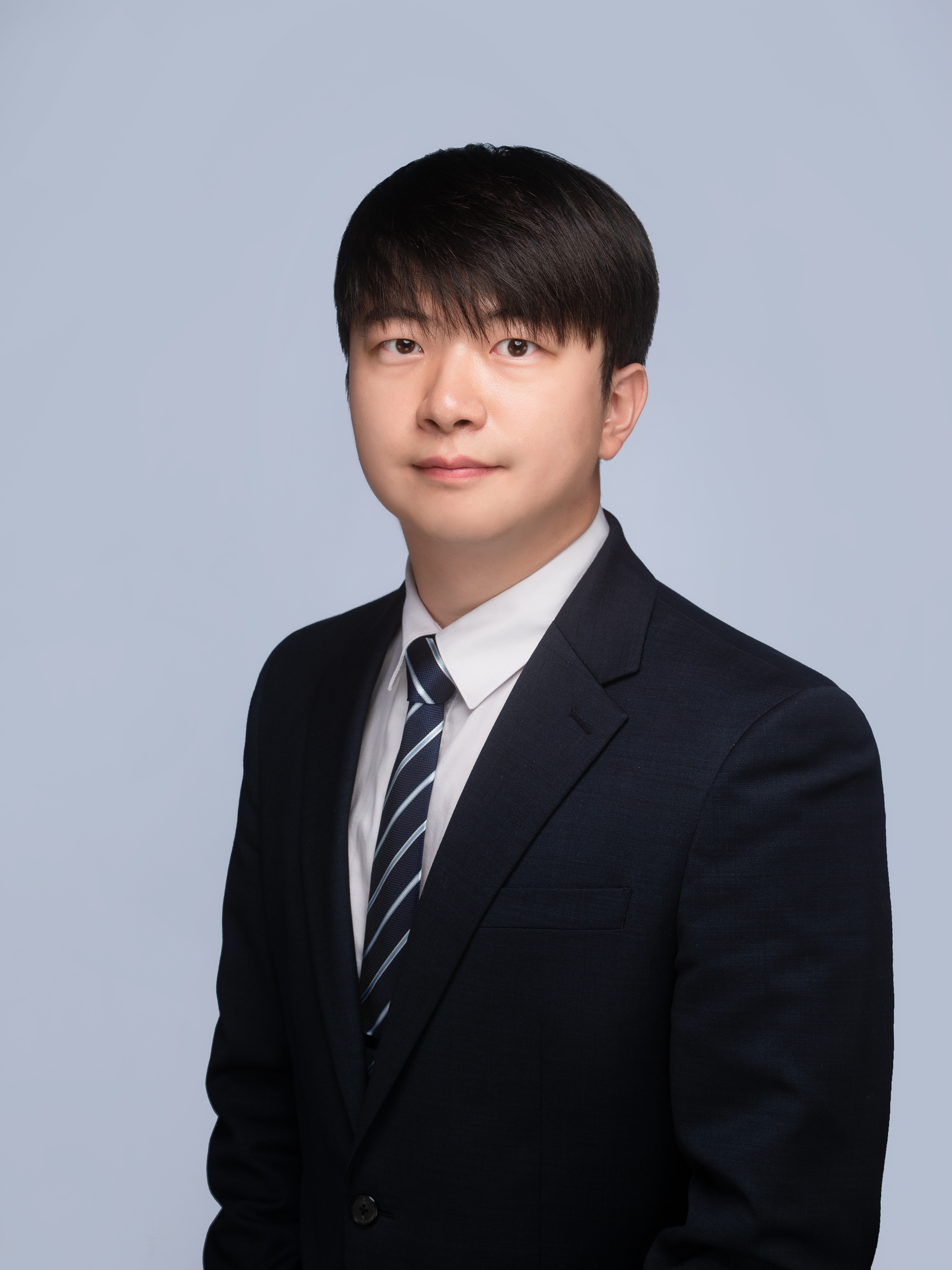
|
News
|
Selected Publications |
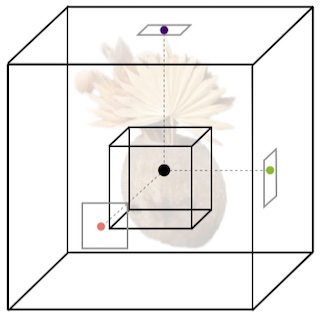
|
MERF: Memory-Efficient Radiance Fields for Real-time View Synthesis in Unbounded Scenes
Christian Reiser, Richard Szeliski, Dor Verbin, Pratul Srinivasan, Ben Mildenhall, Andreas Geiger, Jonathan T. Barron, Peter Hedman SIGGRAPH, 2023 project page / video / arXiv We use volumetric rendering with a sparse 3D feature grid and 2D feature planes to do real-time view synthesis. |
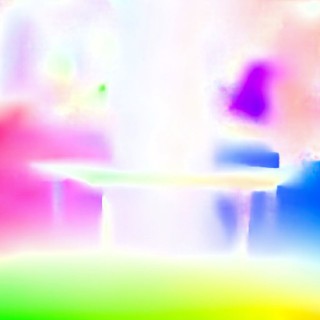 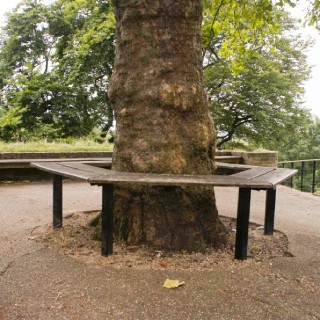
|
AligNeRF: High-Fidelity Neural Radiance Fields via Alignment-Aware Training
Yifan Jiang, Peter Hedman, Ben Mildenhall, Dejia Xu, Jonathan T. Barron, Zhangyang Wang, Tianfan Xue CVPR, 2023 project page / arXiv Accounting for misalignment due to scene motion or calibration errors improves NeRF reconstruction quality. |
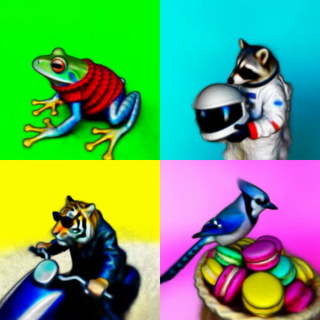
|
DreamFusion: Text-to-3D using 2D Diffusion
Ben Poole, Ajay Jain, Jonathan T. Barron, Ben Mildenhall ICLR, 2023 (Oral Presentation, Outstanding Paper Award) project page / arXiv / gallery We optimize a NeRF from scratch using a pretrained text-to-image diffusion model to do text-to-3D generative modeling. |
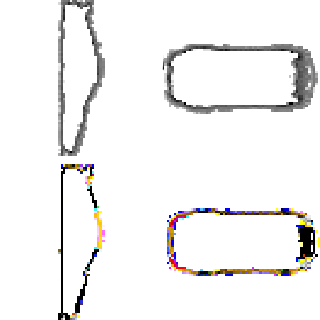 
|
Learning a Diffusion Prior for NeRFs
Guandao Yang, Abhijit Kundu, Leonidas J. Guibas, Jonathan T. Barron, Ben Poole ICLR Workshop, 2023 Training a diffusion model on grid-based NeRFs lets you (conditionally) sample NeRFs. |
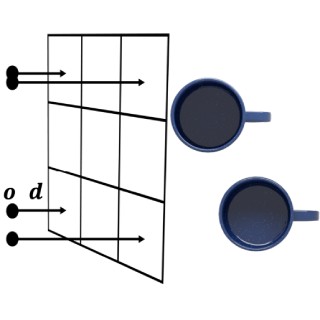 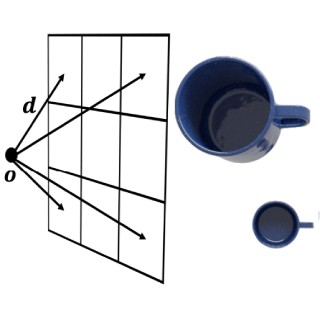
|
MIRA: Mental Imagery for Robotic Affordances
Lin Yen-Chen, Pete Florence, Andy Zeng, Jonathan T. Barron, Yilun Du, Wei-Chiu Ma, Anthony Simeonov, Alberto Rodriguez, Phillip Isola CoRL, 2022 NeRF lets us synthesize novel orthographic views that work well with pixel-wise algorithms for robotic manipulation. |
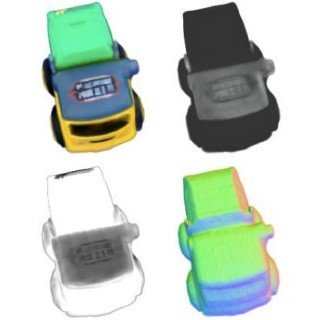 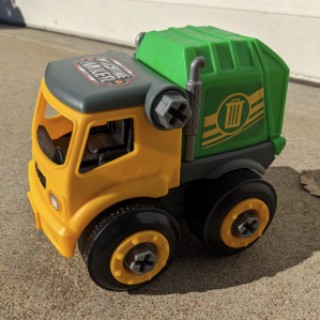
|
SAMURAI: Shape And Material from Unconstrained Real-world Arbitrary Image Collections
Mark Boss, Andreas Engelhardt, Abhishek Kar, Yuanzhen Li, Deqing Sun, Jonathan T. Barron, Hendrik P. A. Lensch, Varun Jampani NeurIPS, 2022 project page / video / arXiv A joint optimization framework for estimating shape, BRDF, camera pose, and illumination from in-the-wild image collections. |
Miscellanea |
|
Website template from Jon Barron. |